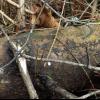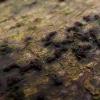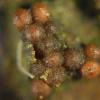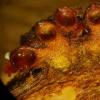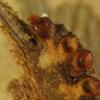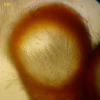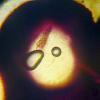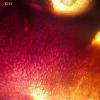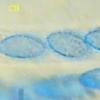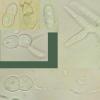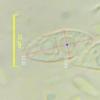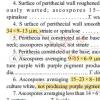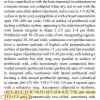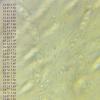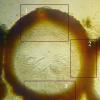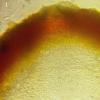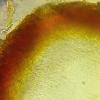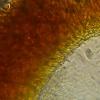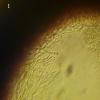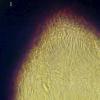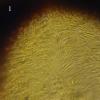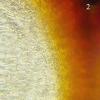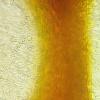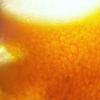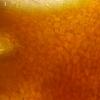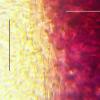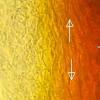
24-12-2025 17:08
Hulda Caroline HolteHello, I have found this propoloid ascomycete on

21-12-2025 09:32
Hello.A tiny ascomycete found embedded in wood in

21-12-2025 21:32
Pol DebaenstHello, Garden, Burgweg 19, Veurne, BelgiumOn 10/1

22-12-2025 23:38
Patrice TANCHAUDBonsoir, récolte sur un mur en pierre, apothéci

22-12-2025 00:47
Patrice TANCHAUDBonsoir, récolte à proximité du milieu dunaire
Will someone help me identify?
Thank you in advance.
Regards
Mirek

A very hard topic for such a novice in this topic as me.
I had to review everything that is available on the internet before I came to any conclusions.
Initially, I tried to compare my collection to T. fuckeliana. However, the features did not suit me at all, although on the asco-sonneberg website I found collections identical to mine, signed just as T. T. fuckeliana;
http://asco-sonneberg.de/pages/gallery/nectria-fuckeliana-100325-mcol-0123451.php?group_id=7071&position=16
However, I measured the spores visible in the pictures themselves and their size is rather very similar to mine and not as stated in the description so I gave up this option.
Then I used the work "The genus Thelonectria (Nectriaceae, Hypocreales, Ascomycota) and closely related species with cylindrocarpon-like asexual states - 2016". I may be wrong but it seems to me that it is written with errors. There are large inaccuracies in the key (see scan No. 01).
Yesterday I came to the earlier work of the same authors and according to her my collection is the closest to Thelonectria discophora;
"Phylogeny and taxonomic revision of Thelonectria discophora
(Ascomycota, Hypocreales, Nectriaceae) species complex - 2013 ".
(See scan 02)
Today I have measured a greater number of spores and their dimensions are practically perfectly consistent with this description!
(11.4) 11.9 - 15.1 (16.2) × (4.6) 4.9 - 5.9 (6.2) µm
Q = (2.1) 2.2 - 2.8 (3); N = 34
Me = 13.4 × 5.5 µm; Qe = 2.5
Individual dimensions of the spores are given in the picture nr. 03
Christian, fruiting bodies are not overripe. I showed germs germinating but there were very few. In my opinion, the fruiting bodies are of the perfect age for microscopy. In my collection there are completely immature spores and free spores that are already germinating. However, the vast majority of spores are moderately mature, with ornamentation already formed. This time I have measured just such.
I compared other species but in their case the size of the spores is not compatible with mine!
Thank you for the hint!
You'll agree with me?
Regards
Mirek

http://www.centrodeestudiosmicologicosasturianos.org/?p=15486
It is true that my photo is not as perfect as Enrique but you can see sufficient arrangement of the cells.
Is this how it was supposed to look like?
Regards
Mirek

Your help was priceless!
Mirek
